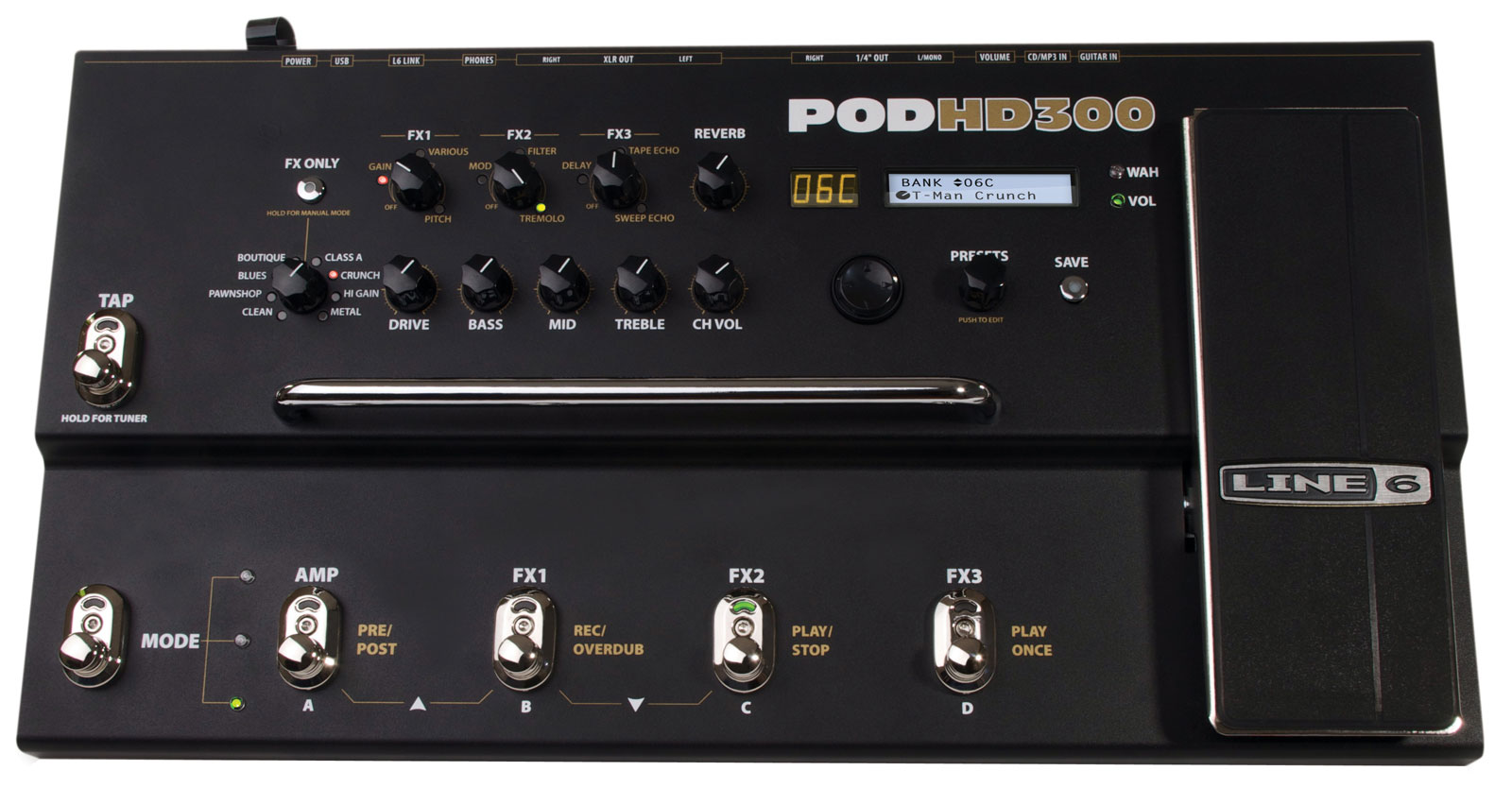It is a
common thing for bands to appear on the ashes of previous one. Down came to
life after Pantera, Christian Muenzer and Hannes Grossmann after leaving
Obscura created Alkaloid, even my previous band Universal Dying was a result of
the split up of band Goth.
The project
that I want to speak about right now has a similar history.
Deconstructing
Sequence was raised on the ashes of Northwail. Before Northwail split up they
recorded, in my opinion an amazing LP "Cold Season" (one of the songs
from this LP "Rediscovered Beauty Of The Internal Evil" was a bonus
track to Deconstructing Sequence first EP).
Tiberius moved
to England, Morph stayed in Szczecin/Poland but they still had contact and
decided to continue working on music in the spirit of Extreme Progressive Art
but under a new name- this is how Deconstructing Sequence was created.
The band released 2 EPs - Year One, which is available here, and Access Code here (It also contains the official video).
Interested
in the creation of the sound on both EP's - "Year One" and
"Access Code" and also Northwail's "Cold Season", I decided
to write to the guys from DS. I was given detailed information on the recording
process. And there is a lot to write about!
During the
"Access Code" recordings we used a technique, which we use since the
session to Northwail's "Cold Season" - re-amping.
Thanks to it
we could have a relaxed atmosphere while recording at home. For the third time
the technique we used shows that the effects you can accomplish are not worse
than those of a traditional production process.
Our base to
recordings was a home recording class interface M-Audio Fast Track Pro.
Opinions on its microphone preamps are different, but in the end the sound on
the EP isn't worse than the current standards of professional music production,
so... who cares???
Guitars
were recorded on a modified Jackson... modified, it means that only original
parts that remained are… neck and electronics. New mahogany body was made
specially on demand. The pick-up in this guitar is obviously the immortal
EMG-81!
With the
guitar recording itself there was a lot of hassle. The signal of the guitar (bass
guitar as well) was going directly to a passive di-box Proel DB1P. There the
signal was divided on two tracks, one that wasn't changed was going into Peavey
Triple XXX input, the other symmetrized straight into the interface.
We
connected the Peavey amp to Hughes&Kettner's Red Box Classic, which you
plug between the amp and the cabinet, and the signal from it goes to the second
channel on the interface.
Red Box
Classic simulates the sound of a 4x12 cabinet. It allows to record the sound of
a tube amp without the necessary volume increase and a microphone usage.
What did we
want to accomplish? First off all we were interested in the clean, symmetrized
sound. This sound is later used for re-amping process. The signal from the
Peavey Head was used only to hear the quality of the recorded tracks and wasn't
used later while producing the sound of the EP. Earlier we used POD X3Live, but
it lacks the tube sound of the amplifier, its feeling and dynamics. Eventually
the difference was just psychological, because Tiberius hits the strings so
hard, as if they killed his mother... seriously, he’s got a heavy hand.
Acoustic
parts were recorded on the POD HD300, it’s an amazing machinery for producing
three-dimensional sound.
We recorded
vocals on a custom capacitive microphone MJE "Hulk 990" which we got
from US company Michael Joly Engineering, which is working on modifying serial
produced microphones for 18 years. It's a really nice piece of machinery, its
transistor has a nice smooth overdrive which gives a more harmonic-rich,
sharper sound that fits better in the mix.
With the
work system that we use and the equipment we have, we are able to record
everything but the drums. These were recorded in Monroe Sound Studio and later mixed
with the re-amped clean guitar sound modified for mixing purposes.
 |
| Nerexo during the recording session at Monroe Sound Studio |
What is re-amping?
You connect the output of the audio interface with a guitar amp input through a
re-amp box. You play
the clean guitar sound that you recorded through it and voila- It's like you
played the guitar in the studio! You don't
like the sound? No problem- just change the settings on the amp or change the amp
and repeat the procedure. Re-amping is a brilliant invention that gives huge
possibilities to modify the sound. If you figure out that the sound of the guitars
on the recording is shit, because you should have used Marshall instead of
Peavey or the other way around, there is no need to record the guitars again.
You simply
play the clean guitar sound again through a different amp and it’s done! The
most important thing is the possibility to record at home without the time
pressure.
Re-amping
process is used more and more by numerous bands. Why? Deconstructing Sequence
gave you the answer. You save a lot of money, and we have a huge influence on
the final sound off the CD.
You can
also set the sound so that it fits with the sound of previously recorded drums.
Huge advantages, no disadvantages.
I want to
thank Tiberius and Morph for sharing this information!
Check them out:














0 komentarze:
Prześlij komentarz